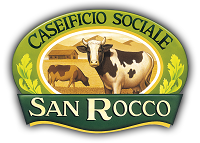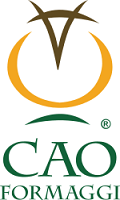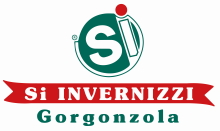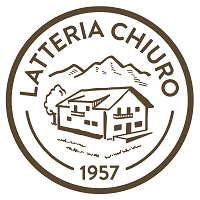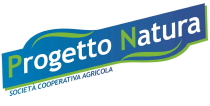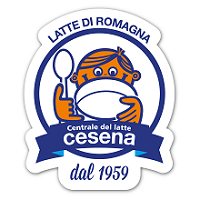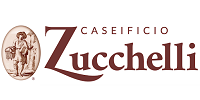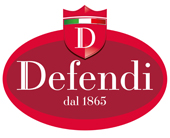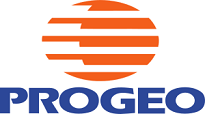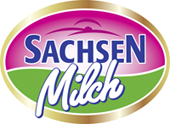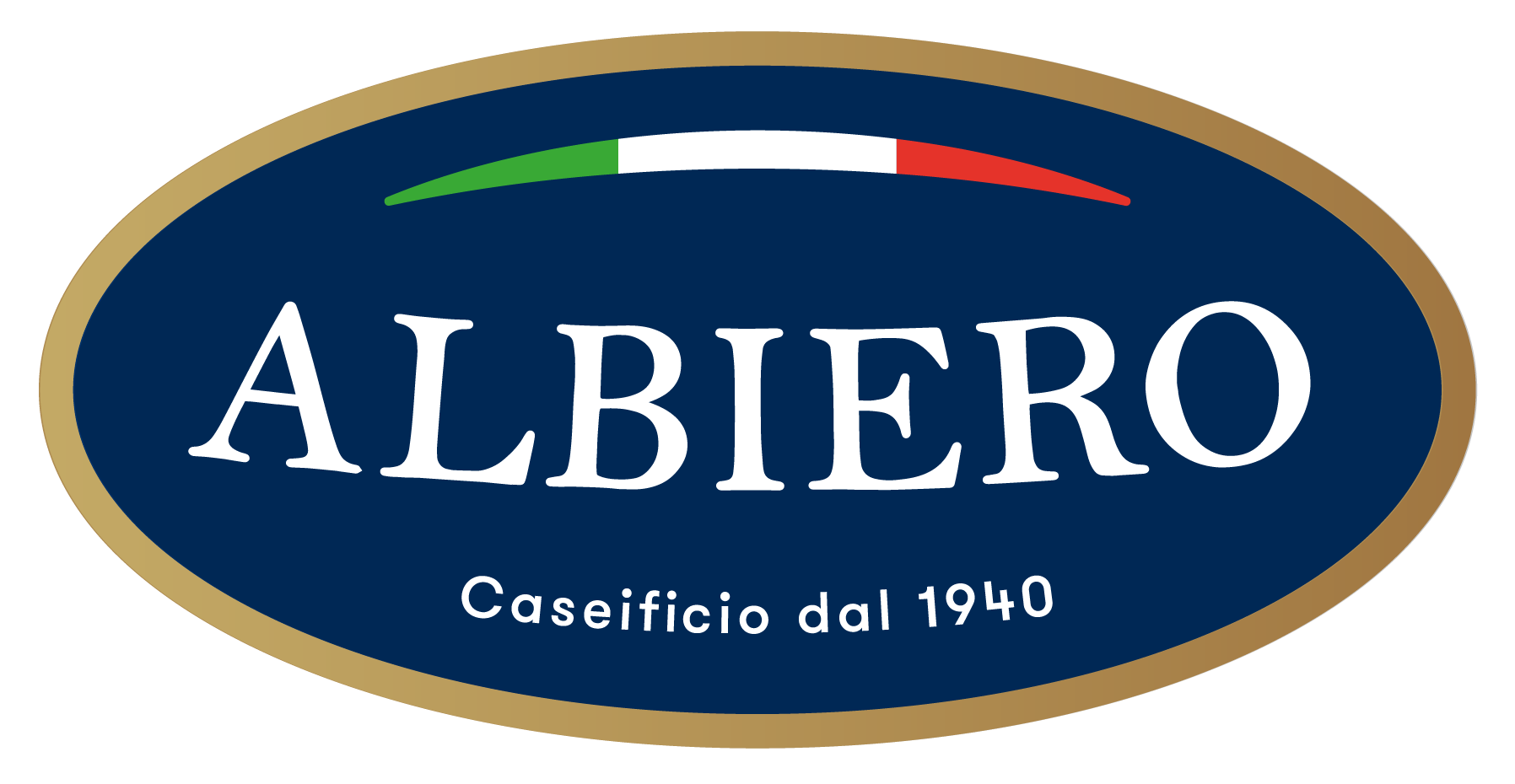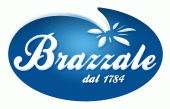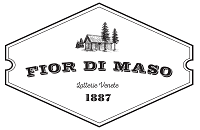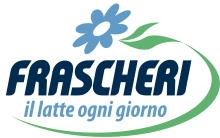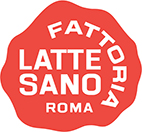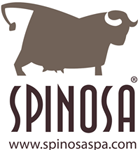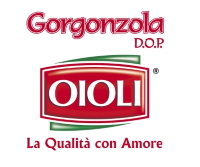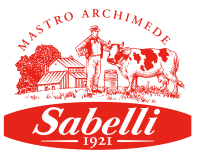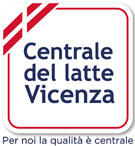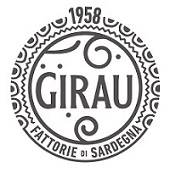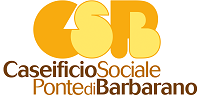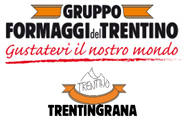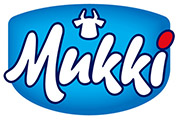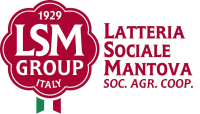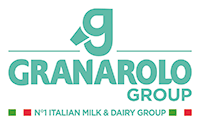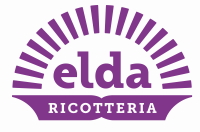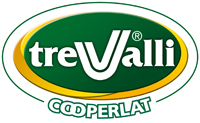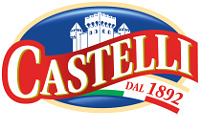Glossary
This section offers a reference dictionary containing the most significant and commonly used terms in the sector.
- Milk
- Normal mammary secretion of milking animals obtained from one or more milkings without either addition to it or extraction from it, intended for consumption as liquid milk or for further processing. (Codex Alimentarius standard)
- Milk composition (dairy cow milk)
- Average composition includes the following constituents: 87% water, 3.25% protein (2.5% casein), 5% lactose, 3.7% fat and 0.8% minerals and vitamins.
- Milk equivalent
- The quantity of milk, as produced, required to furnish the milk solids in manufactured dairy products.
- Buttermilk
- Traditionally it’s the residual product (may even be acid or acidified) of the processing of milk or cream into butter (by continuous churning and separation of the solid fats). Most modern buttermilk is cultured.
- Buttermilk powder
- Powder product made from buttermilk.
- Milk powders and Cream powder (Codex Standard)
-
They are milk products which can be obtained by the partial removal of water from milk or cream.
Cream powder: milkfat content of not less than 42 % by weight of the product.
Whole milk powder: milkfat minimum 26% and less than 42% by weight (m/m); maximum water 5% m/m; minimum milk protein in milk solidsnot-fat 34% m/m
Partly skimmed milk powder: milkfat more than 1.5% and less than 26% m/m; maximum water(a) 5% m/m; minimum milk protein in milk solidsnot-fat(a) 34% m/m
Skimmed milk powder: maximum milkfat 1.5% m/m; maximum water(a) 5% m/m; minimum milk protein in milk solidsnot-fat(a) 34% m/m - Curd
- Dairy product obtained, during the cheese manufacturing process, by coagulating milk with enzymes (rennet) or an other edible acidic substance and then draining off the liquid portion (whey).
- Lactalbumin
- Protein or mixture of similar proteins occurring in milk, obtained after the removal of casein. It is One of the main components of whey protein.
- Lactose
- Milk sugar. It is a disaccharide containing glucose and galactose units
- Milk whey
- By-product obtained during the manufacture of cheese or casein. Also known as lactoserum, It is the fluid by-product resulting from the precipitation of proteins in milk obtained by the addition of enzymes (sweet whey) or acid (acid whey). In the liquid state, whey contains natural constituents (on average 4,8 % lactose, 0,8 % protein, 0.7 % minerals and 0,2 % fats by weight of the product) which remain when the casein and the majority of the fat have been removed from the milk. Traditionally used for animal feed, the best approach is to convert whey into some useful value-added products.
- Other Powder Products
- Curdled milk and cream, kephir and other fermented or acidified milk and cream, whether or not containing added sugar or other sweetening matter or flavoured or containing added fruit or cocoa. Also includes mixtures of powdered cream, milk, buttermilk and/or whey. Also includes protein-based powdered products.
- Partly Skimmed-Milk Powder
- Milk powder with a milk fat content of more than 1,5 % and less than 26 % by weight of the product.
- Powdered Dairy Products
- Products obtained by the (partial) removal of water from cream, whole milk, semi-skimmed milk, skimmed milk, buttermilk, acidified milk, dry whey products and dry dairy blends. . Food additives may be used according to Codex Alimentarius Standard and only within the limits specified.They are used in human and animal nutrition and also in biotechnology
- Protected Designation of Origin (PDO)
- Recognition attributed to agricultural products and foodstuffs which are produced, processed and prepared in a given geographical area using recognized know-how. These characteristics are essentially or exclusively due to a particular geographical environment with its inherent natural and human factors. PDOs are regulated by the Reg. (EU) No 1151/2012.
- Protected Geographical Indication (PGI)
- Recognition attributed to agricultural products and foodstuffs closely linked to the geographical area. At least one of the stages of production, processing or preparation takes place in the region. In the case of wine, this means that at least 85% of the grapes used have to come exclusively from the geographical area where the wine is actually made. PGIs are regulated by teh Reg (EU) No 1151/2012.
- Traditional speciality guaranteed (TSG)
- The protection against falsification and misuse highlights the traditional aspects such as the way the product is made or its composition, without being linked to a specific geographical area. TSG products are regulated by the Reg (EU) No 1151/2012.
- Skimmed-milk powder (SMP)
- Milk powder with a maximum milk fat content of 1,5 % by weight and 5% or less moisture (by weight) of the product. The minimum milk protein content is of 34%
- Spot Milk
- The first sale of product that has no regular or committed outlet and is sold on the open market for immediate delivery or delivery within a few days.
- Whole milk powder (WMP)
- Milk powder with a milkfat content of not less than between 26 % and less than 42 % by weight of the product. Whole milk powder can contain between 26% and 42% milkfat and the protein level can be adjusted to a minimum of 34% in milk solids-not-fat (MSNF).
- Buttermilk Powder and Dry Buttermilk
- Obtained by removing water from liquid buttermilk that was obtained from the churning of cream into butter. It contains 5% or less moisture and 4.5% or more milkfat by weight of the product. Dry buttermilk must have a protein content of not less than 30%.
- Sweetened condensed milks
- Milk products which can be obtained by the partial removal of water from milk with the addition of sugar, or by any other process which leads to a product of the same composition and characteristics. The fat and/or protein content of the milk may have been adjusted (...)by the addition and/or withdrawal of milk constituents in such a way as not to alter the whey protein to casein ratio of the milk being adjusted. (Codex Alimentarius)
- Standardized Milk
- Milk which has been brought to a uniform milkfat and/or milk solids–not–fat content different from that of such milk at the farm. Standardization of milk may be accomplished by the addition of skim milk, cream, or whole milk. Cream may also be removed to produce a standardized milk.
- Permeate
- High-lactose dairy ingredient produced through the removal of protein and other solids from milk or whey. It includes milk permeate, whey permeate and delactosed permeate.
- Milk Retentate
- The product obtained by concentrating milk protein by ultrafiltration of milk, partly skimmed milk, or skimmed milk. (Codex Alimentarius)
- Solids-Not-Fat (SNF)
- The solids in milk other than milkfat. Also known as nonfat solids Milk Solids-Not-Fat e.g., protein, lactose and minerals.
- Shelf life
- The period during which the product maintains its microbiological safety and suitability at a specified storage temperature and, where appropriate, specified storage and handling conditions. (Codex Alimentarius)
- F.O.B. - Free on Board
- Seller places product sold in a railcar, truck, or other form of transportation. The buyer then assumes transportation costs.
- CIF
- Cost, Insurance, and Freight
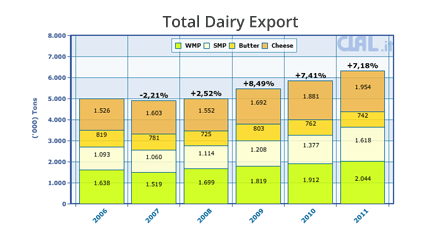

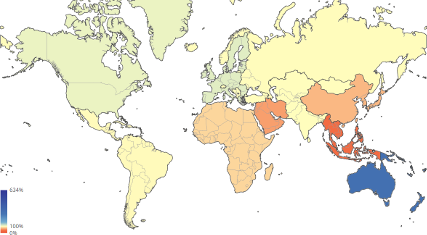



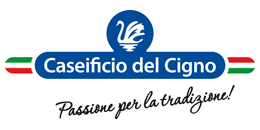
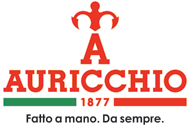



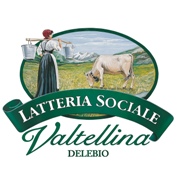

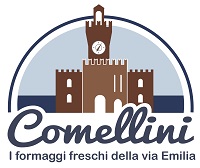
.jpg)
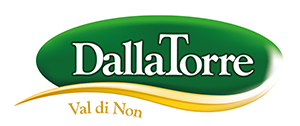









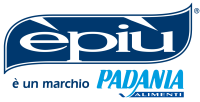

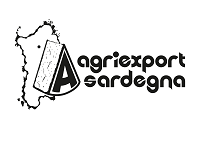
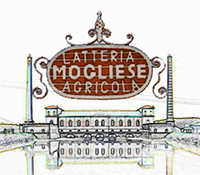


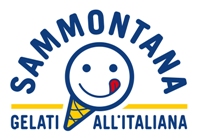




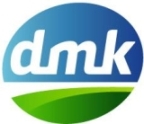


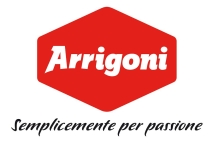

.jpg)

